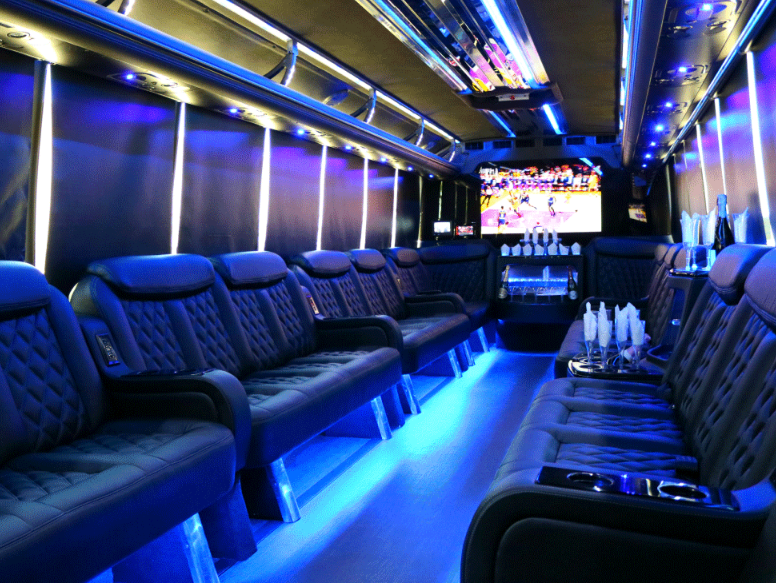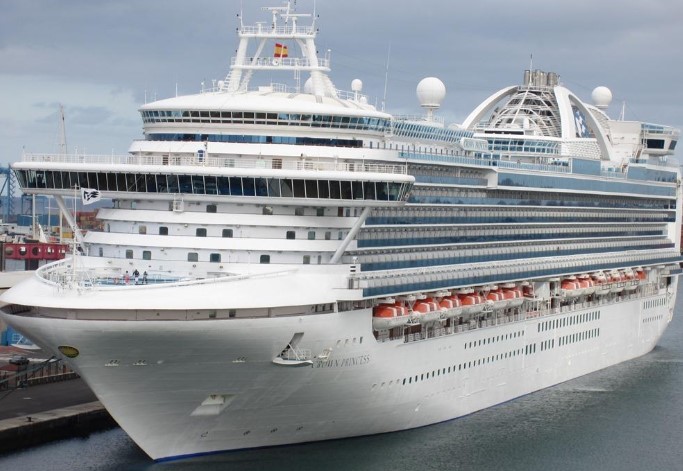(CNN) — One of the greatest luxuries when we fly is space: the space to stretch out, relax, work and sleep while flying seven miles above the Earth at nearly the speed of sound.
These days, that’s international business class, with fully-flat beds longer than most people are tall. But some are roomier than others. So which airline will give you the biggest bang for your buck?
To be clear, we’re not talking about international first class suites here, the sort of space that can involve a separate bed and reclining (or even rotating) chair. Those are, in almost every case, so big that only a giant would need to worry about legroom or elbowroom.
We’re talking about long-haul business class, and here the amount of space can differ greatly: on the same Boeing 777 widebody airplane, you can find eight seats across (United Airlines’ domestic configuration) or four seats across (All Nippon Airways’ latest layout), and a variety of seats in between.

Oman Air’s 787-8s and 787-9s offer extra space.
Oman Air
As a rule, the fewer seats there are in a row, the more space you’ll have, so that’s one key thing to look out for.
We asked Jason Rabinowitz, head of airline research at ATPCO, an airline-owned company that maintains a database of almost every airplane seat and cabin flying, for more information about which seats are the roomiest.
“A whole host of factors can make a premium airline seat feel ‘big’ or ‘small.’ Different aircraft fuselage sizes will actually make it necessary for an airline to slightly slim down a seat than a passenger may be used to,” he says. “Several airlines have had to slightly slim down seats originally installed on the Boeing 777 for the Airbus A350.”
80+ inches

Air Canada’s spacious offerings can be found on its 777s, 787s and A330s.
Air Canada
Space in economy is usually based on both how wide your seat is and how much space there is between any given point on your seat and that same point on the seat in front. That’s called “seat pitch,” and it’s a good comparator for legroom, but in business class, where seats usually overlap, pitch isn’t a great measurement.
ATPCO’s data measures bed length, but not seat width, which can be complicated to measure for a number of reasons: unlike economy class, there’s no “between the armrests” standard measurement, for a start.
But there are a few dozen combinations of airline and airplane where you’ll find more than 80 inches in bed length — that’s 6 feet, 8 inches or 203 centimeters in length.
It’s worth noting that these seats aren’t as wide as a bed all the way down, though — these measurements are from tip to toe, and to maximize space onboard most seats will taper above the shoulder and below the waist in a kind of teardrop shape.
The biggest seats stretch out to a whopping 87 inches in bed length — that’s 7 feet, 3 inches or 221 centimeters, which is tall enough for almost everyone.

Qantas offers spacious seats on its 787 Dreamliners.
James D. Morgan/Getty Images
These 87-inch seats can be found on board three airlines’ planes: Boeing 777s belonging to Air France, Garuda Indonesia and Thai Airways. That’s not to say that every 777 belonging to these airlines has this size of seat, though, so make sure that you look carefully when booking.
Moving down the list come 84-inch seats (that’s 7 feet exactly or 213 centimeters) aboard South American carrier LATAM’s Boeing 777-300ER, and then 82-inch (6 feet 10 inches, 208 centimeters) seats from Garuda Indonesia (on its newer A330-300 and -900neo aircraft) and Oman Air (on its two kinds of A330).
Rounding out the 80-plus club comes a whole stack of airlines with seats at 80 inches (6 feet 8 inches or 203 centimeters). Again, these won’t be every one of the airplanes for each airline, so keep an eye out when you’re picking your flight.
The not-so-short list
• Air Canada: 777, 787 and A330
• Delta: A330-200 and A330-300
• Gulf Air: 787-9
• Malaysia Airlines: A330-200
• Oman Air: 787-8 and 787-9
• Qantas: A380 (2019 refit version) and 787-9
• Qatar Airways: A350 (Qsuites and previous seat) and A380
• Royal Air Maroc: 787
• Virgin Atlantic: A350 and 787-9
So how do you find the roomiest seats when booking?

Delta’s Airbus A330-300 aircraft have 80-plus inch seats in biz class.
Pouya Dianat/Pouya Creative for Delta Air Lines
If you can find flights with those planes, you can look forward to a spacious flight. Otherwise, here are a few suggestions.
Make sure you’re going fully flat: almost all international business class sections these days feature fully flat beds, rather than the “sloping sleeper” or sleeperette angled lie-flat seats from the 1990s and early 2000s.
Look for seats without a neighbor, also known as “all aisle access,” “direct aisle access” or “pod” seats. These seats mean whoever’s in the window seat doesn’t need to climb over the aisle, and there’s usually extra elbow room too.
The roomiest sizes of these seats — and, indeed, most business class seats — tend to come on the larger planes like Boeing’s 777 and Airbus’ A350, rather than the smaller Boeing 787 and Airbus A330.
And don’t be afraid to have a good look at the cabin pictures.
“The overall cabin design may also create a feeling of openness,” says ATPCO’s Rabinowitz. “For instance, some airlines have removed the overhead bins from the center seating section in premium cabins, giving those seats a much more open feeling.
“Better lighting and more refined sidewalls and cabin finishings also work to give the appearance of a more open, spacious cabin.”
Top image credit: Virgin Atlantic






More Stories
The Ultimate Guide to Mount Bromo and Ijen Tour: A Journey into Nature’s Wonders
The Complete Guide to Pantheon Tickets
Journey Through Italy